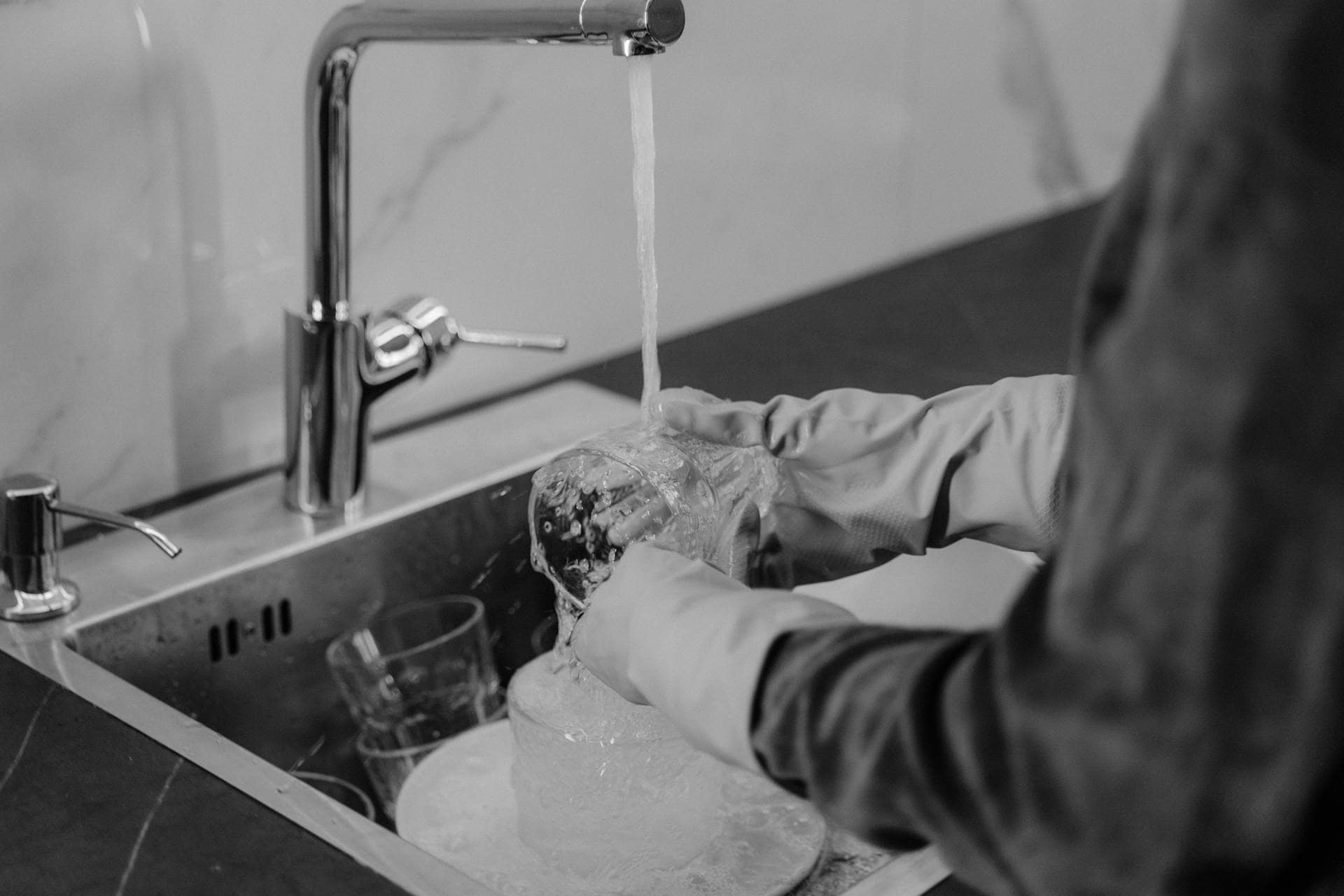
Question: What is the pipe under the kitchen sink called?
Answer: The pipe under the kitchen sink is generally called the drain pipe or P-trap. It’s connected to the tailpiece from the sink and leads to the main drain line.
Understanding Your Kitchen Sink’s Plumbing
Many homeowners encounter plumbing issues under their kitchen sinks. Knowing the names of these pipes helps you communicate effectively with plumbers and tackle minor repairs. This article explains the common pipes found beneath your kitchen sink.
What is the Pipe Under the Kitchen Sink Called?
Several pipes reside under the kitchen sink. Each pipe serves a specific function. The main pipes include the drain pipe, the P-trap, the water supply lines, and the shut-off valves.
Click here for more information on kitchen refinishing
>Related Article: Why Does My Kitchen Tap Have Three Pipes?
Related Article: What is the Standard Opening for a Kitchen Sink Drain?
The P-Trap: An Important Component
The P-trap is a curved section of pipe located beneath the sink. Its unique shape creates a water seal. This seal prevents sewer gases from entering your home. The P-trap also catches small objects that accidentally fall down the drain, preventing them from causing blockages further down the plumbing system. Periodically cleaning the P-trap helps maintain proper drainage.
Shape:
Curved, “P” shaped.Function:
Creates a water seal, blocks sewer gas, and catches small objects.Maintenance:
Requires periodic cleaning.
Water Supply Lines: Hot and Cold
Two water supply lines deliver water to your faucet. One line carries hot water, and the other carries cold water. These lines are usually made of copper, CPVC, or PEX. Each line connects to the corresponding shut-off valve. Understanding the placement of these lines helps when repairing leaks or replacing fixtures. Flexible supply lines offer easier installation and maintenance compared to rigid pipes.
Types:
Hot and cold water lines.Material:
Often copper, CPVC, or PEX.Connection:
Attaches to shut-off valves.
Shut-Off Valves: Controlling Water Flow
Shut-off valves control the flow of water to the faucet. These valves are typically located beneath the sink, near the water supply lines. Separate shut-off valves exist for hot and cold water. Knowing the location of these valves allows you to quickly stop water flow in case of a leak or during plumbing repairs. Turning the valves clockwise shuts off the water supply, while turning them counterclockwise turns it back on. Familiarizing yourself with these valves can save you from potential water damage.
Location:
Beneath the sink, near supply lines.Types:
Separate valves for hot and cold water.Function:
Controls water flow to the faucet.
Dealing with Leaks and Other Issues
Identifying the source of a leak under your kitchen sink requires knowing the various pipes and their functions. A leak might originate from a loose connection at the P-trap, a crack in the drain pipe, or a problem with the water supply lines. If you discover a leak, first try tightening the connections. If the leak persists, shutting off the water supply using the shut-off valves is crucial. Contacting a qualified plumber is always a good idea when dealing with persistent plumbing issues.
Conclusion
Understanding the plumbing under your kitchen sink empowers you to address common issues and communicate effectively with professionals. By knowing the names and functions of the drain pipe, P-trap, water supply lines, and shut-off valves, you can maintain your kitchen plumbing efficiently and prevent potential problems. Regularly checking for leaks and promptly addressing any issues will help keep your kitchen sink plumbing in optimal working order. [ 1 ]
References
1. https://allianceservicepros.com/blog/kitchen-sink-anatomy-how-kitchen-sink-plumbing-works/

Blue Malue Get in touch with Blue here.
